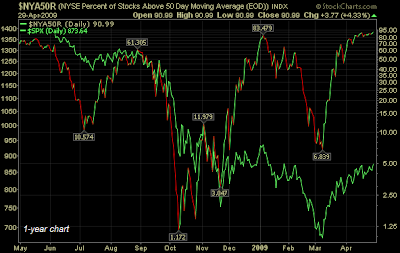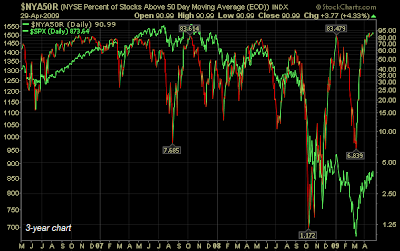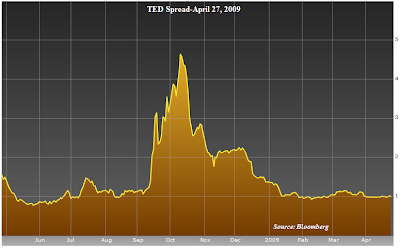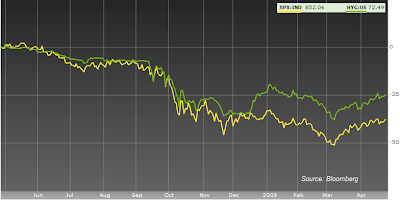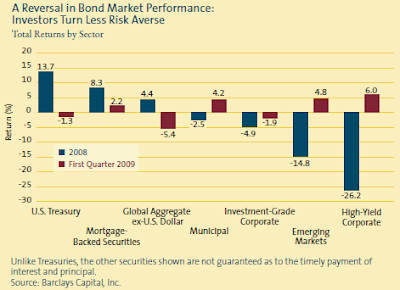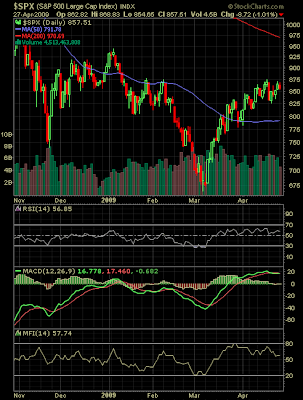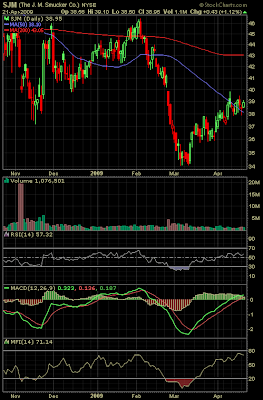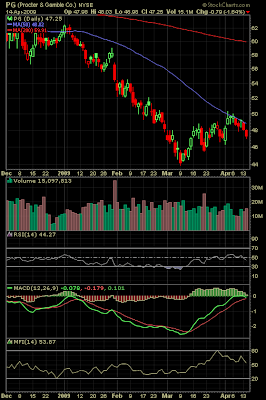It is not surprising that a recent paper published by the Chicago Federal Reserve notes a high positive correlation between consumer spending and consumer sentiment. Keep in mind this does not mean there is a causal relationship, merely a correlated one.
The spending data detailed in the below chart is through 2006. The most recent BLS data is through 2007 and notes a 2.6% increase in 2007 which was lower than the 4.3% increase in 2006.

The paper notes the top household income quartile is most impacted by changes in the stock market (i.e., S&P 500 Index).
"Higher income consumers are more sensitive to associated changes in the stock market, as reflected in the Standard and Poor’s (S&P) 500 Index; a 1 percentage point increase in the index is associated with a 0.43 percentage point increase in consumption spending for this group."
Additionally, the policies out of Washington are likely having an impact on consumer sentiment as it relates to the top two income quartiles. Policies that are not favorable for corporate earnings; thus, negatively impacting the stock market, are likely to constrain consumer sentiment and spending. The paper notes:
"...it might be useful for policymakers to understand the differences in the macroeconomic indicators for different groups...sentiment is particularly informative with regard to consumption spending in a context of greater uncertainty in income..."
Source:
Trends in Consumer Sentiment and SpendingChicago Fed Letter
By: Maude Toussaint-Comeau, economist, and Daniel DiFranco, associate economist
May 2009
http://www.chicagofed.org/publications/fedletter/cflmay2009_262.pdf
 Data Source: American Association of Individual Investors
Data Source: American Association of Individual Investors

